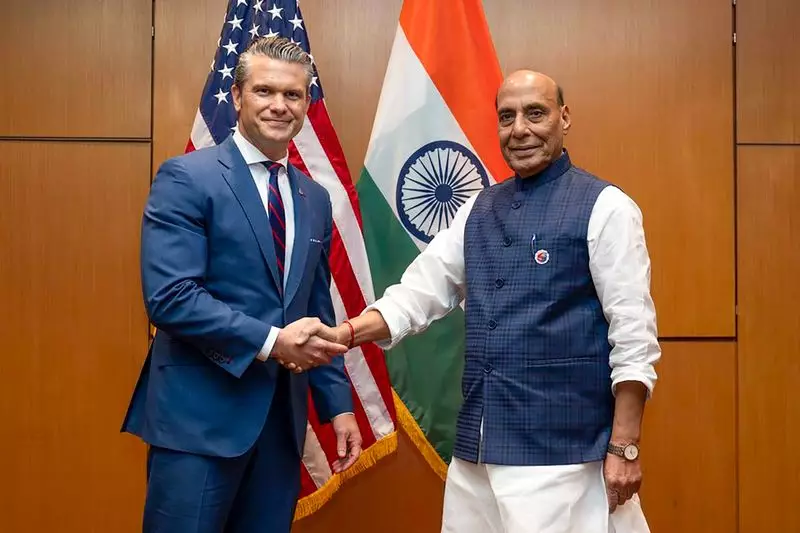
The recently signed India-US defence agreement represents a significant shift in global strategic alliances, marking a new chapter in bilateral relations between the world's largest democracy and its most powerful military. This comprehensive partnership goes beyond mere symbolic cooperation, embedding deep strategic implications for the entire Asian region and global power dynamics.
The Foundation of Defence Cooperation
The General Security of Military Information Agreement (GSOMIA) signed in 2002 laid the initial groundwork for this evolving partnership. This was followed by three other foundational agreements that progressively deepened military cooperation between the two nations. The Logistics Exchange Memorandum of Agreement (LEMOA) in 2016 enabled both militaries to use each other's bases for repair and replenishment of supplies.
The Communications Compatibility and Security Agreement (COMCASA) in 2018 facilitated secure communications between military platforms of both countries. Most recently, The Basic Exchange and Cooperation Agreement (BECA) in 2020 enabled sharing of geospatial intelligence, significantly enhancing the accuracy of automated systems and weapons like drones and missiles.
Strategic Implications for Regional Security
This defence partnership carries profound implications for regional security architecture, particularly in the Indo-Pacific region. The agreements enable India to access advanced American military technology and intelligence capabilities that were previously unavailable. This technological transfer enhances India's defensive capabilities and strengthens its position as a net security provider in the Indian Ocean Region.
The partnership also serves as a counterbalance to China's growing influence in the region. As China continues its military expansion and assertiveness in the South China Sea and along its border with India, this defence cooperation provides New Delhi with additional strategic options and capabilities. The sharing of real-time intelligence through these agreements significantly enhances India's situational awareness along its contentious northern borders.
Economic and Technological Dimensions
Beyond immediate military cooperation, the defence pact opens doors for deeper economic and technological collaboration. American defence manufacturers can now partner more effectively with Indian companies under the 'Make in India' initiative. This not only boosts India's domestic defence production capabilities but also creates employment opportunities and technological spillovers into civilian sectors.
The agreements facilitate joint research and development in cutting-edge defence technologies, including artificial intelligence, cyber warfare capabilities, and space-based surveillance systems. This technological partnership positions both countries to address emerging security challenges in new domains like cyber space and outer space.
The transfer of advanced military technology through these agreements represents a significant departure from previous American reluctance to share sensitive technology with India. This shift indicates the growing strategic trust between the two nations and America's recognition of India as a reliable strategic partner in maintaining regional stability.
Challenges and Future Prospects
Despite the apparent benefits, the defence partnership faces several challenges. India's historical commitment to strategic autonomy and non-alignment continues to influence its foreign policy decisions. Balancing this new partnership with traditional relationships, particularly with Russia, remains a delicate diplomatic exercise for New Delhi.
The implementation of these agreements requires significant infrastructure development and procedural harmonization between the two militaries. Differences in operational protocols, training methods, and equipment compatibility need to be addressed through joint exercises and staff talks. The success of this partnership will depend on how effectively both nations can overcome these practical challenges.
Looking ahead, the India-US defence partnership is likely to evolve into a more comprehensive strategic relationship encompassing economic, technological, and diplomatic dimensions. As both nations face common challenges in the Indo-Pacific region, this partnership could become the cornerstone of regional security architecture for decades to come.
The defence agreements represent more than just military cooperation—they symbolize a fundamental realignment in global politics. As the international order becomes increasingly multipolar, partnerships like the one between India and the United States will play a crucial role in shaping the rules-based international system and maintaining global stability.





